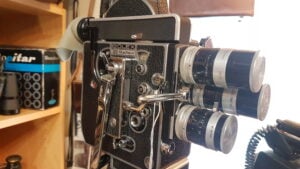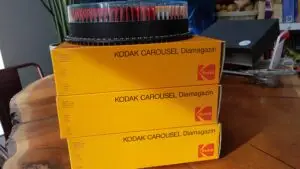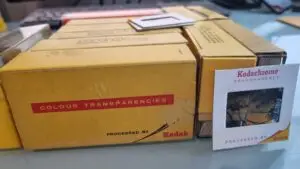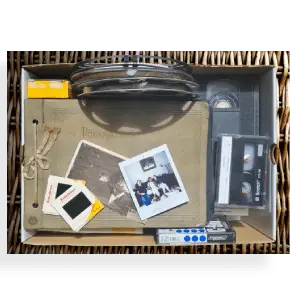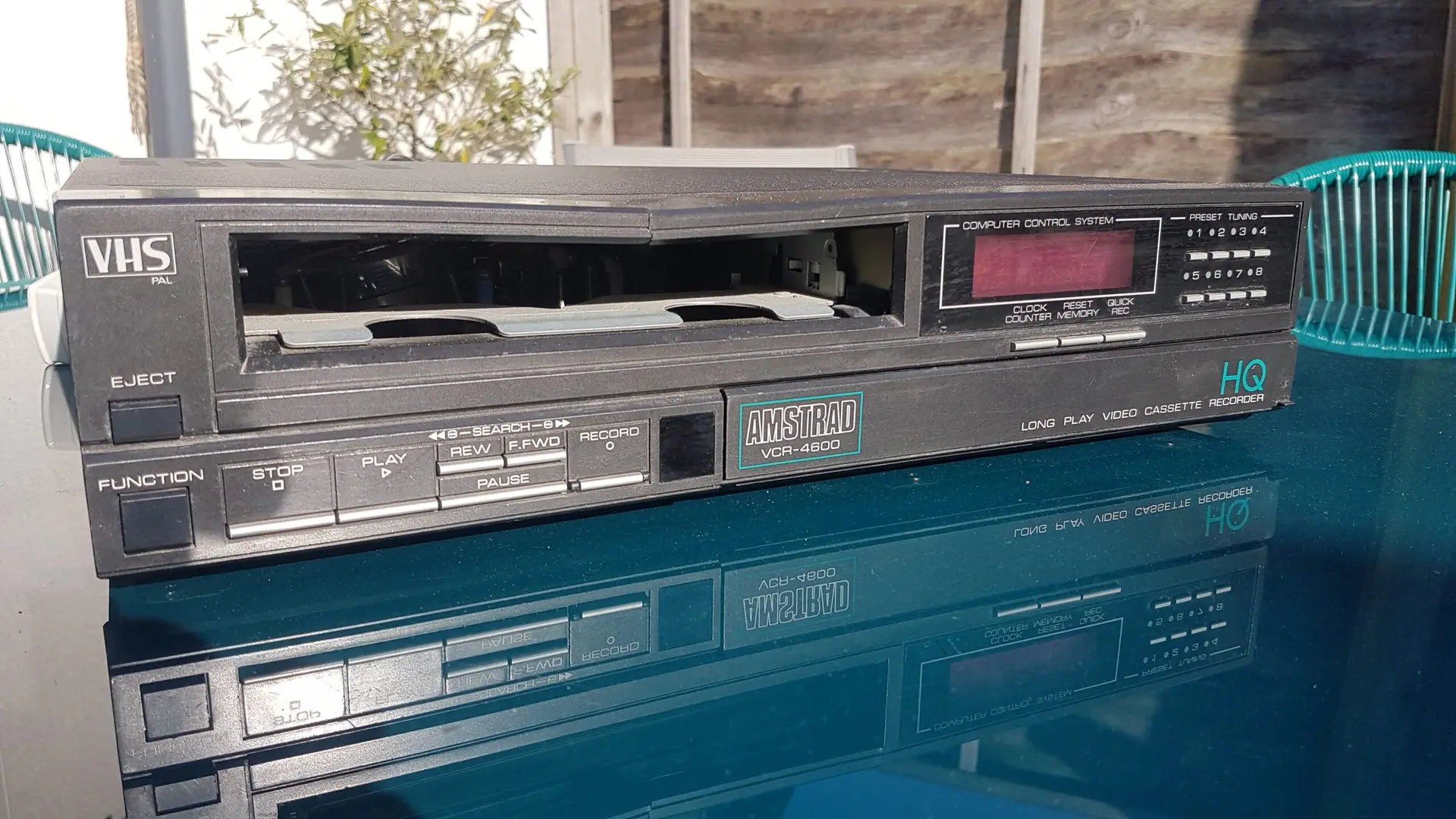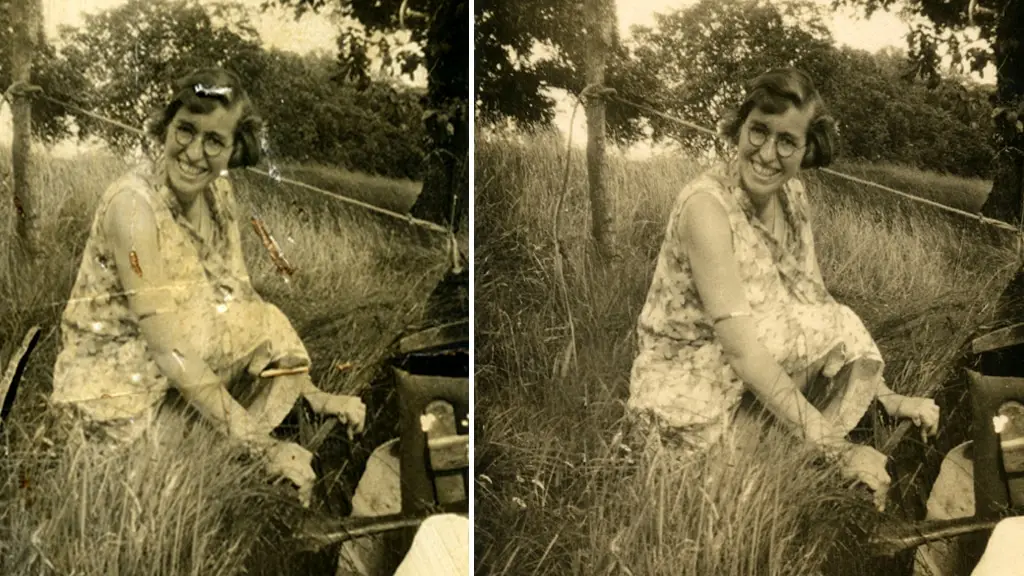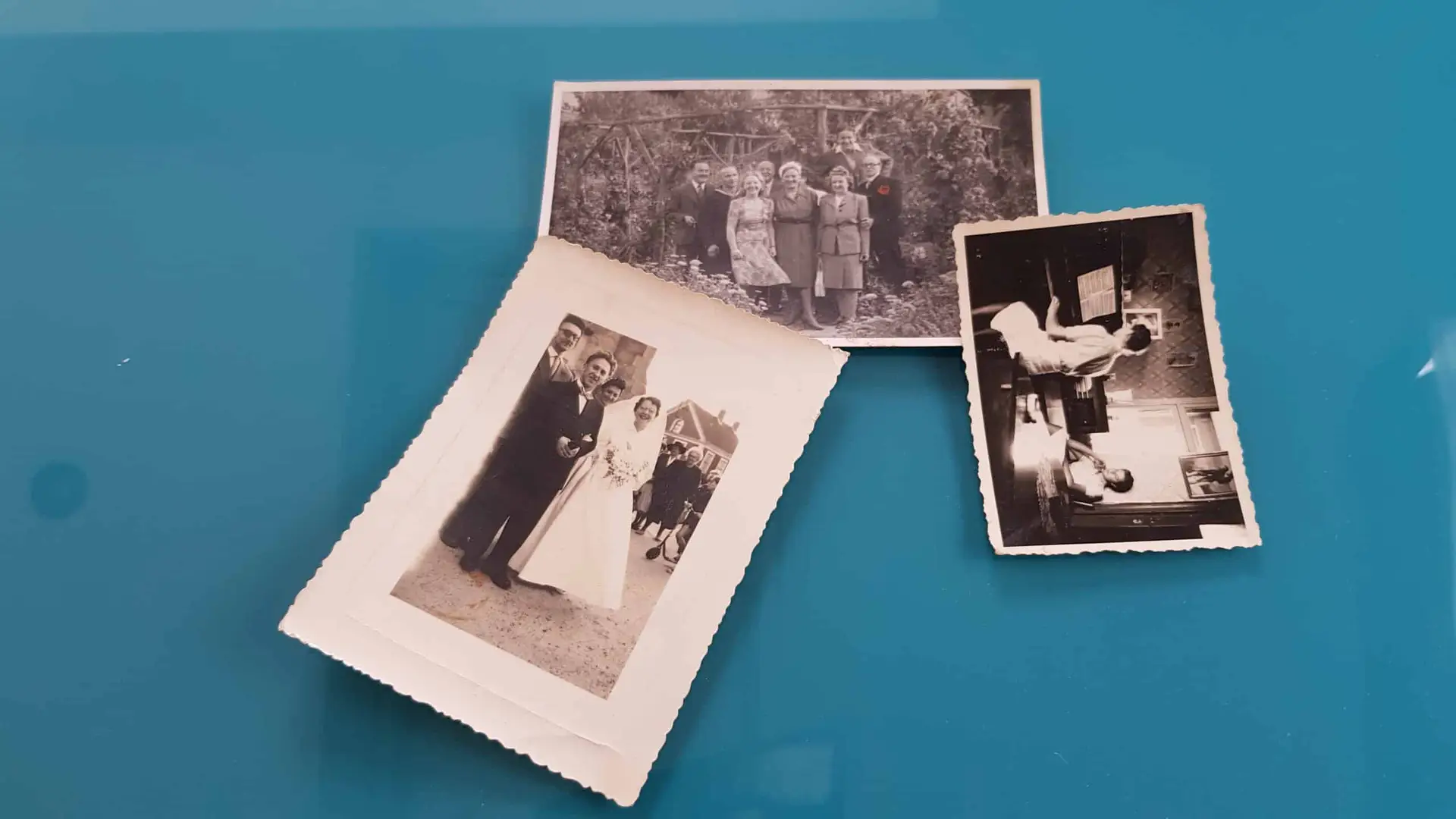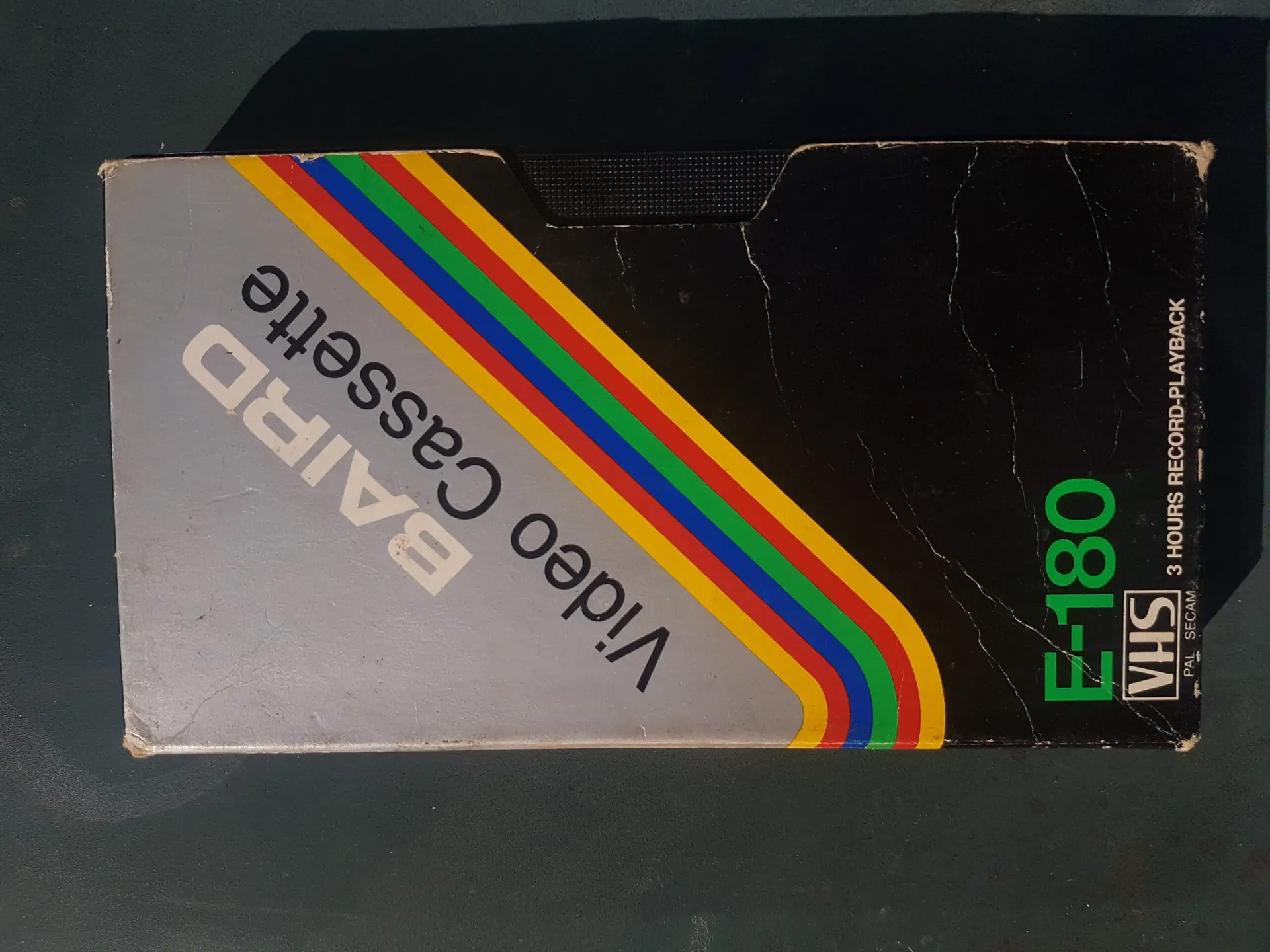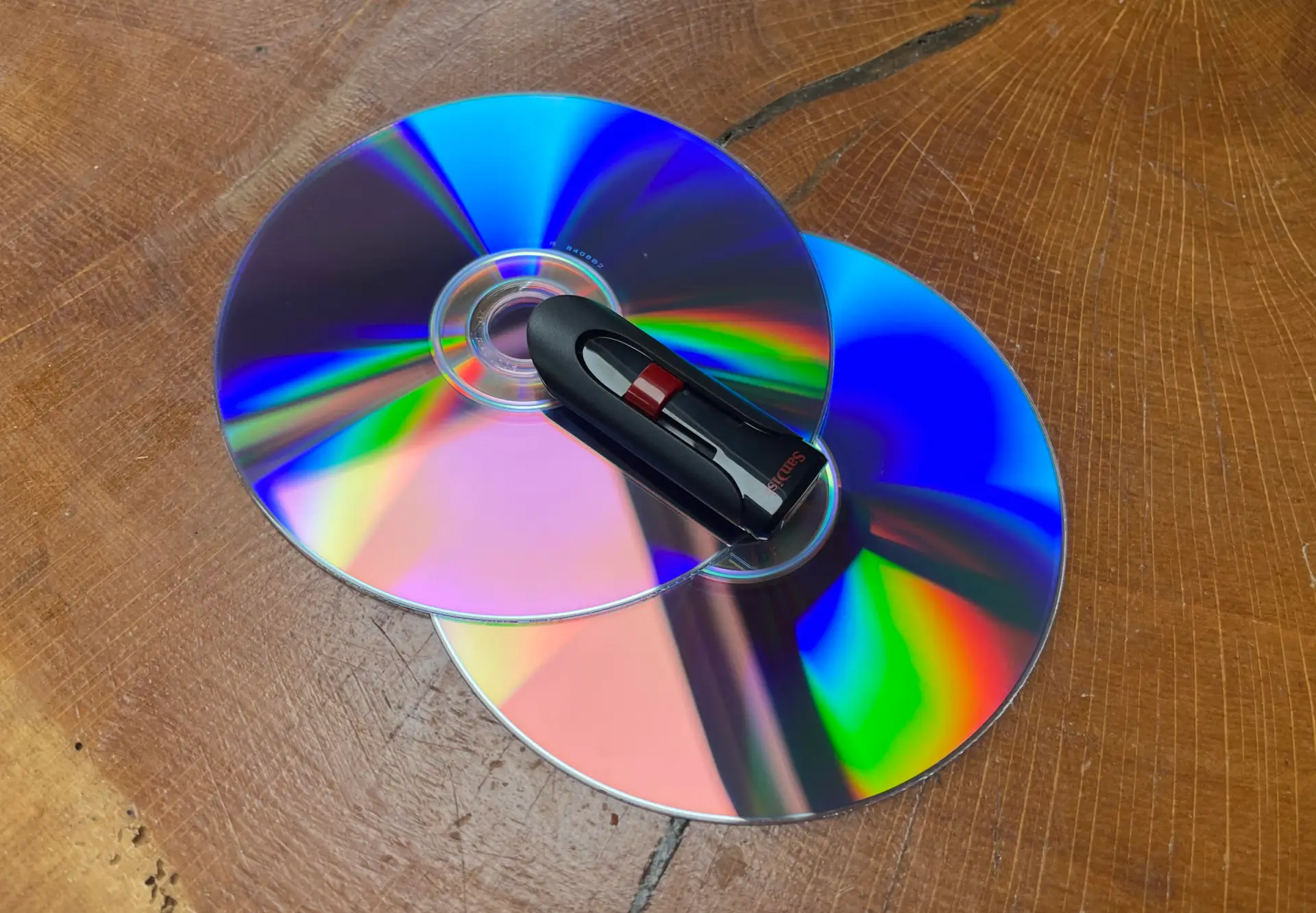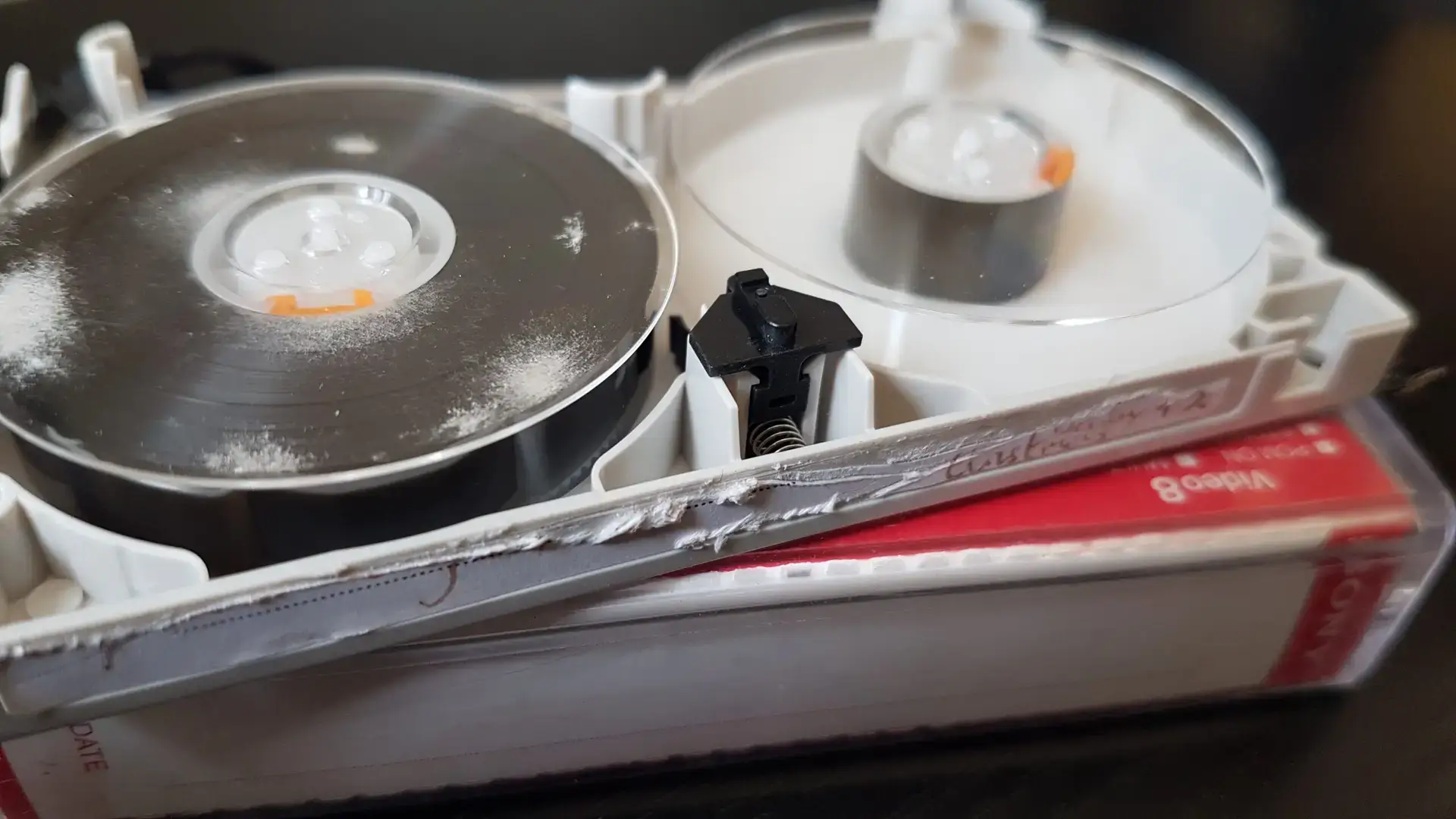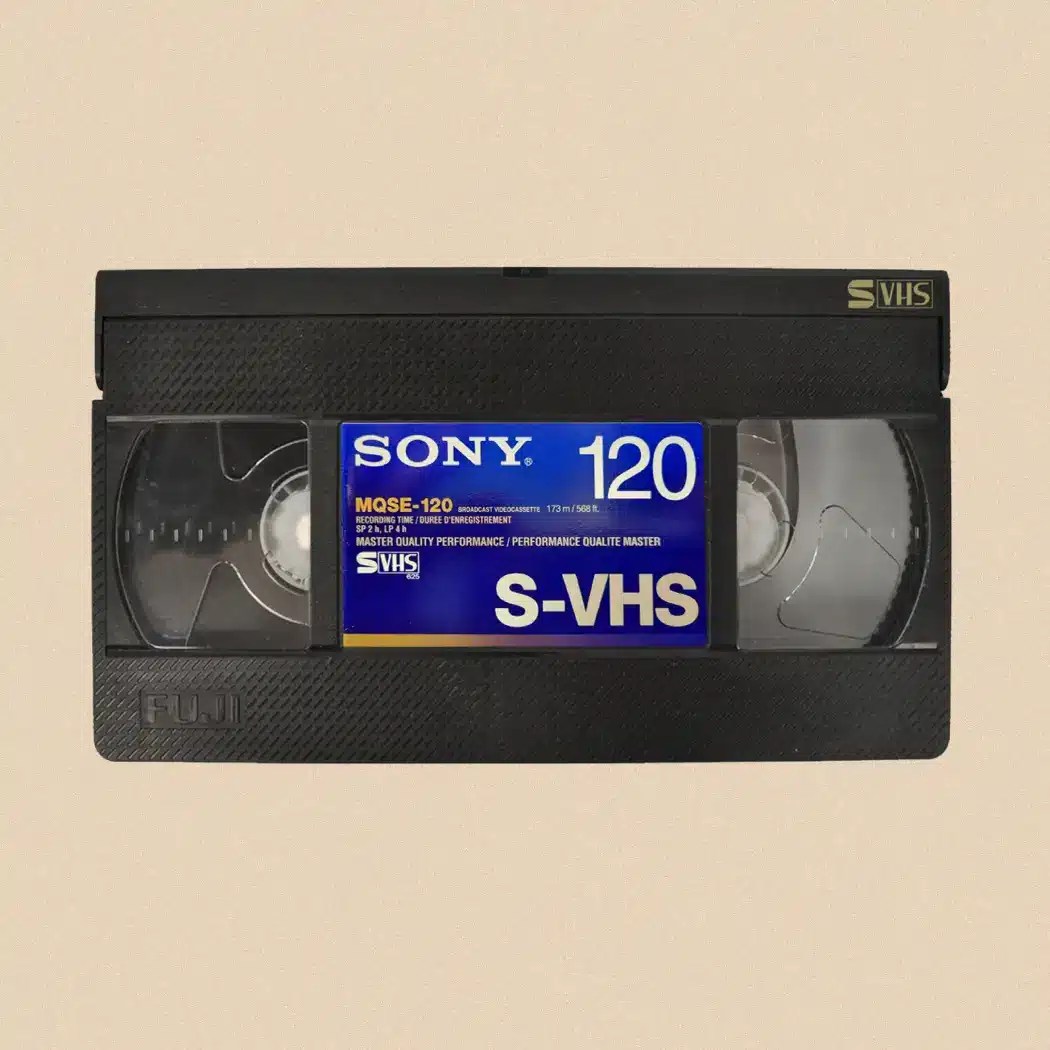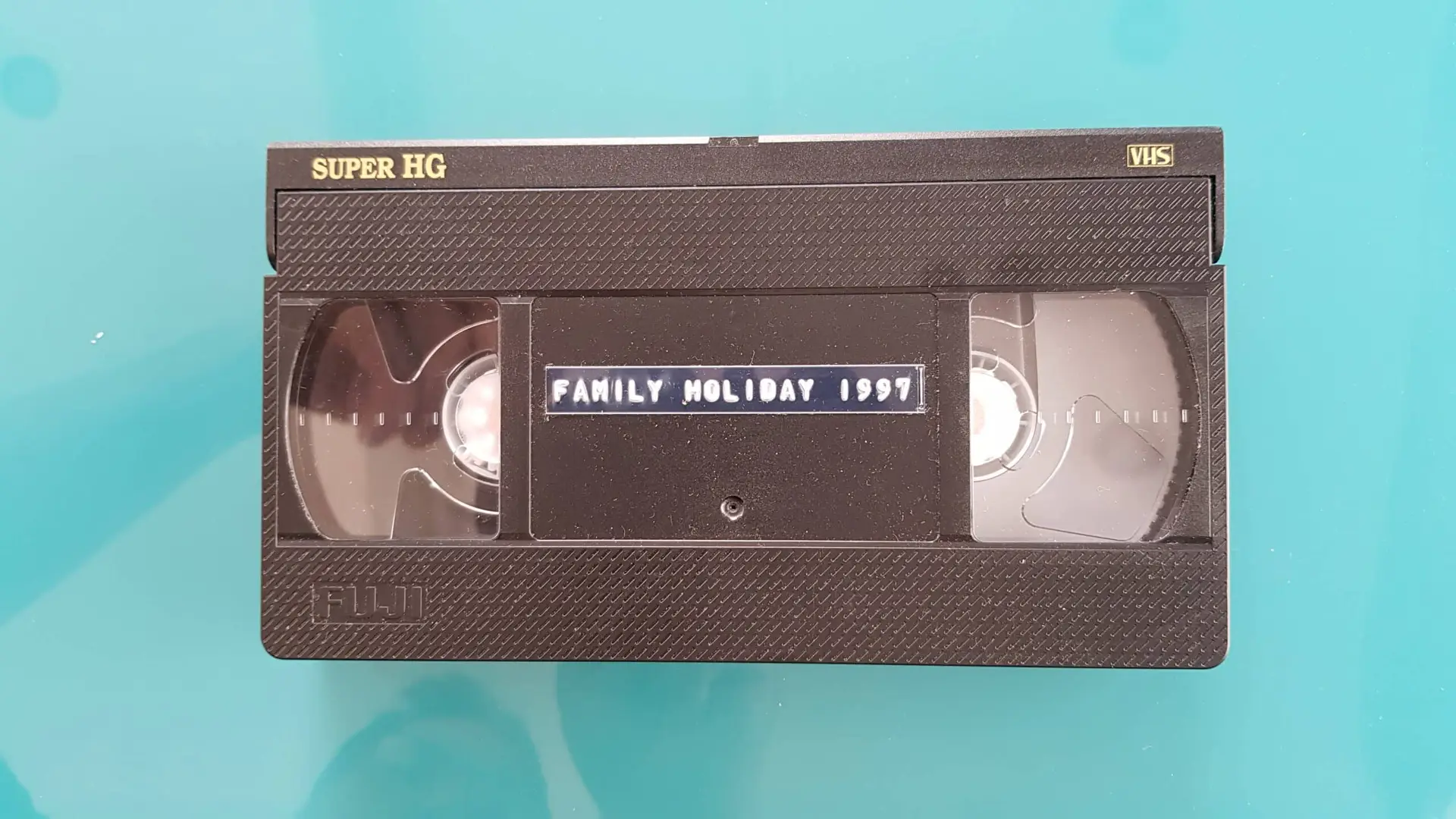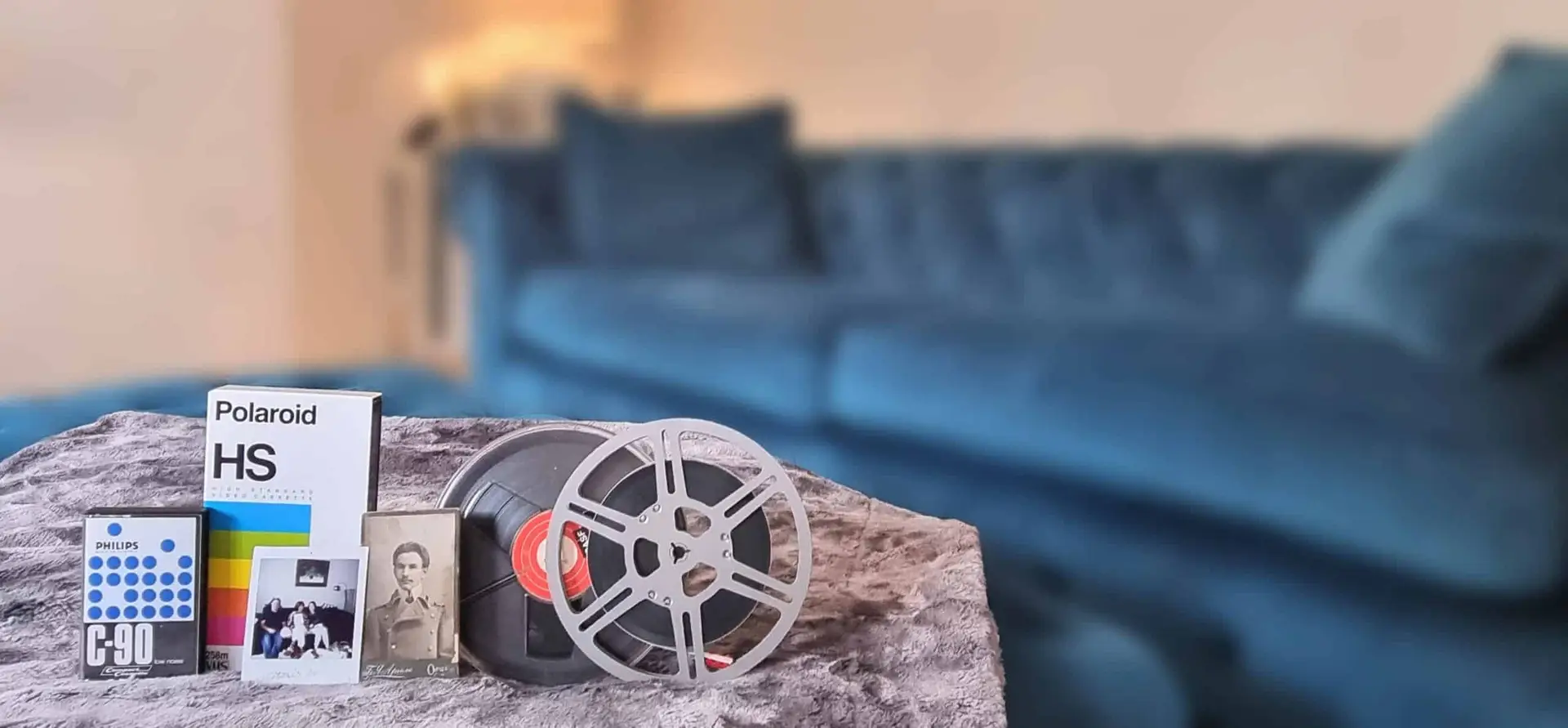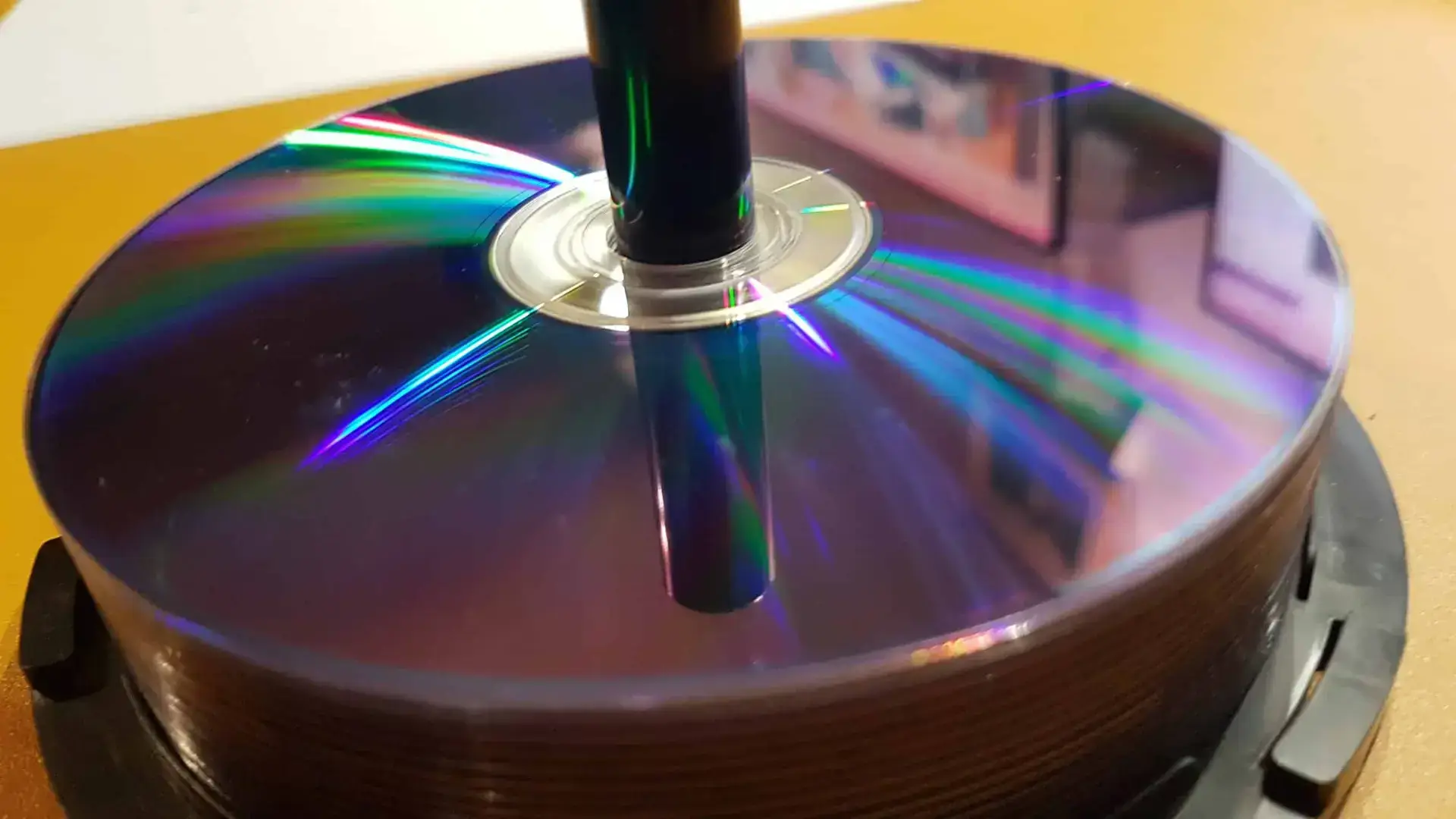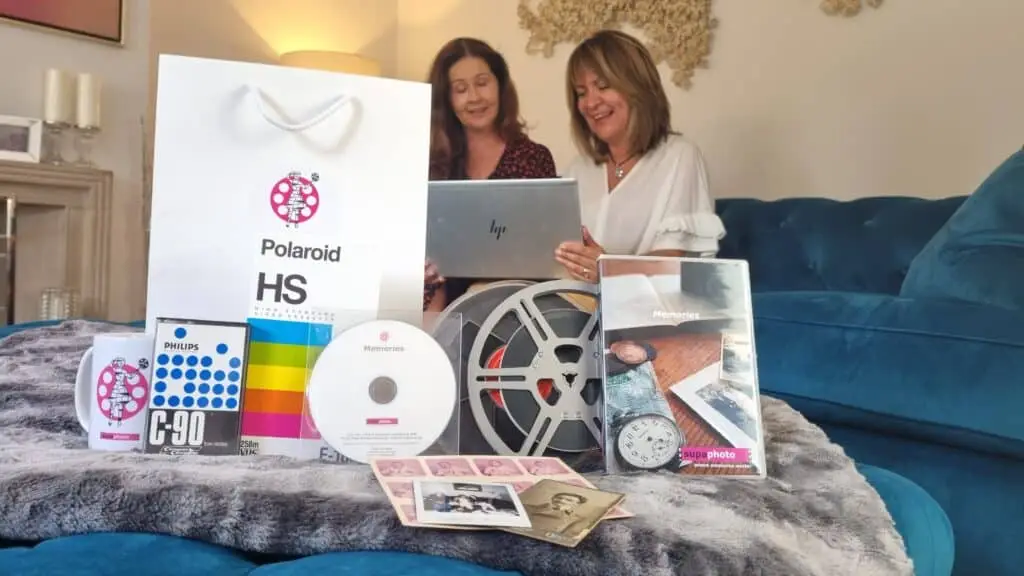It’s a Nice Thing to Do!
Whatever the occasion, it is the custom for most people to share a nice, vintage picture of themselves with a member of their family – for example to scan old photos initially and then share on social platforms like Instagram from time to time.
However, what are your options if you have an album with photos in print form? You want to perhaps scan old photos? Your great photos need to be digitised, somehow, for you to share them online. But what is the best way to digitise print photos? Luckily, we know a way around this and have some insights on the best way to digitise old photos.
One way people convert prints into digital form is by taking a picture of the photos on their smartphone, using a service, or scanning the photos at home.
The Best Way to Scan Old Photos
Each option has an advantage and a downside, but which offers you a high-quality digital photo easily and efficiently?
Smart Photographing Option – A Way to Scan Old Photos
Let’s start by looking at how you can use an Android or iPhone to digitise print photos. This method sounds like the easiest of them all. I mean, it’s cheap, DIY, and relatively convenient, which is what people look for when they want to digitise prints. However, it’s worth noting that any picture you capture using a phone camera or photo scanning app almost certainly looks nothing like your original one.
Smartphone cameras with an app that scans old photos tend to capture glare from natural light or artificial light sources in your space. This can easily mess up the quality of your print photo. In some instances, the digital photo may also show a shadow of your smartphone, making the image unclear. The photo may also have blemishes like scratches, dents, dirt, and dust, which the smartphone camera will pick up especially if using the best scan resolution for old photos
In most cases, the surface on which you place print photos also appears in the smartphone picture. Obviously, you do not want a kitchen counter or dinner table showing in the image when you post photos online.
Also, achieving the right shot without surfaces, feet, or fingers showing is easier to imagine but challenging to achieve in practice. This is true for both professional photographers and the average person. Yeah, you can turn to Photoshop to scan and restore old photographs and other such editors to iron out any flaws, but it is not possible to fix every flaw.
When digitising family photos or if you’re planning to scan old photos, you do not want your digitised copy to be in worse shape than the original one by not using the best dpi (dots per inch) resolution. Taking pictures of your prints using a smartphone can result in poor-quality digitised copies that appear sloppy or unprofessional. If your goal is to preserve the quality of your prints, a smartphone camera might disappoint you.
Photo Scanning Option
The other option you can explore is using a photo scanner, although it may seem like an old way to go about digitising your prints. Photo scanners can be inconvenient regardless of the type you have at home or the digitisation service you work with.
Issues
Also, using a photo scanner takes a lot of time, especially if you have lots of photos to scan. The other issue is you may have a tough time locating your scans on the computer if you are digitalising using your home scanner.
But, all that trouble is worth it, considering that a scanned image has a much better quality compared to smartphone images of your print photo. A scanned image might be confused for the original, while the images from a smartphone camera generally look like photos of a print image. A scanned image is precise and very clear.
This is not to say that digitised images are perfect. Their clarity varies depending on the type of scanner you use. Some scanners only work in black and white while others can make your work appear grainy.
Trends
It is for this reason that a lot of people are turning to digitalisation services. These digitalisation services use advanced technology to generate digital images that are free from glare. This is something that you would not achieve using lower-resolution scanner at home.
Scan Vs Photo: Which is The Best Method?
So, which of the two methods should you go for when scanning old photographs? Is it better to scan or take a picture of my old photos? Let’s be clear – if you are looking to convert 35mm slides to digital, then please first understand that its a complex process done well and always best to use a dedicated company to carry out the work such as Supaphoto – No1 in the UK for such work.
When it comes to prints, using a smartphone is quite convenient, but the scanner method is far superior as it produces high quality digital pictures. Quality is everything when capturing family history, which is why a lot of people before they scan old photos prefer to have their prints digitised professionally rather than take pictures.
Technology
Technology has evolved so much that it is now possible to strike a balance between convenience and quality. Professional digitisation services are working towards bridging this gap.
Supaphoto, and many other digitalisation services, offer free shipping as well as shipping materials to ensure the digitalisation process is convenient and quick. They also provide tracking updates so that customers are up to date on the digitalisation process. As such, not only are you afforded peace of mind, but also professionally digitised photos, and you are notified at each step of the process. They can help whatever the type of image. There’s so much to learn.
Do you have old family photos stored away in a shoebox? Don’t let them just sit around gathering dust. Contact Supaphoto, and let us have them digitised for you. Family and friends will definitely appreciate digital copies of their most cherished moments. There just might be a special picture in there of you alongside your family!



